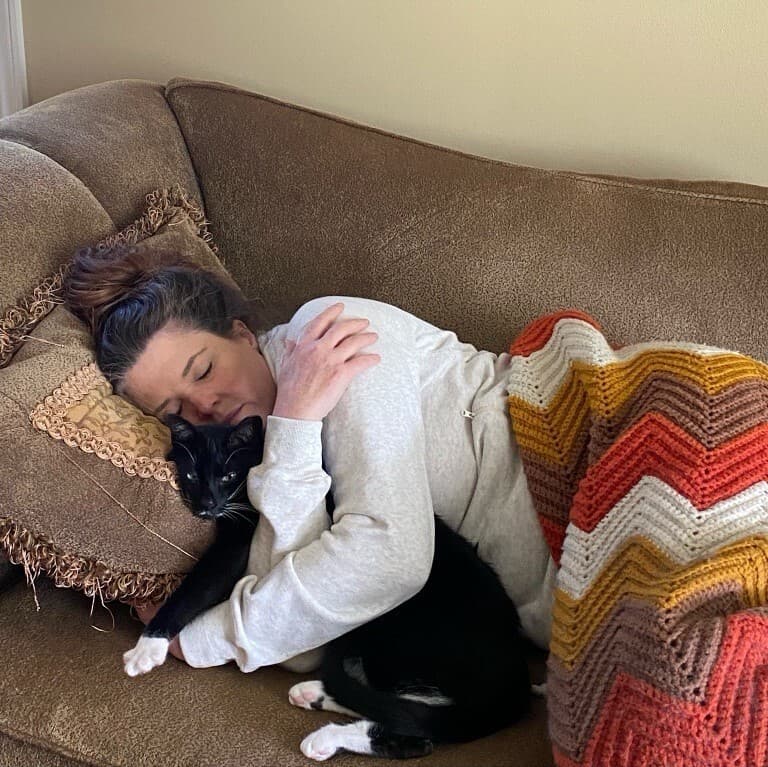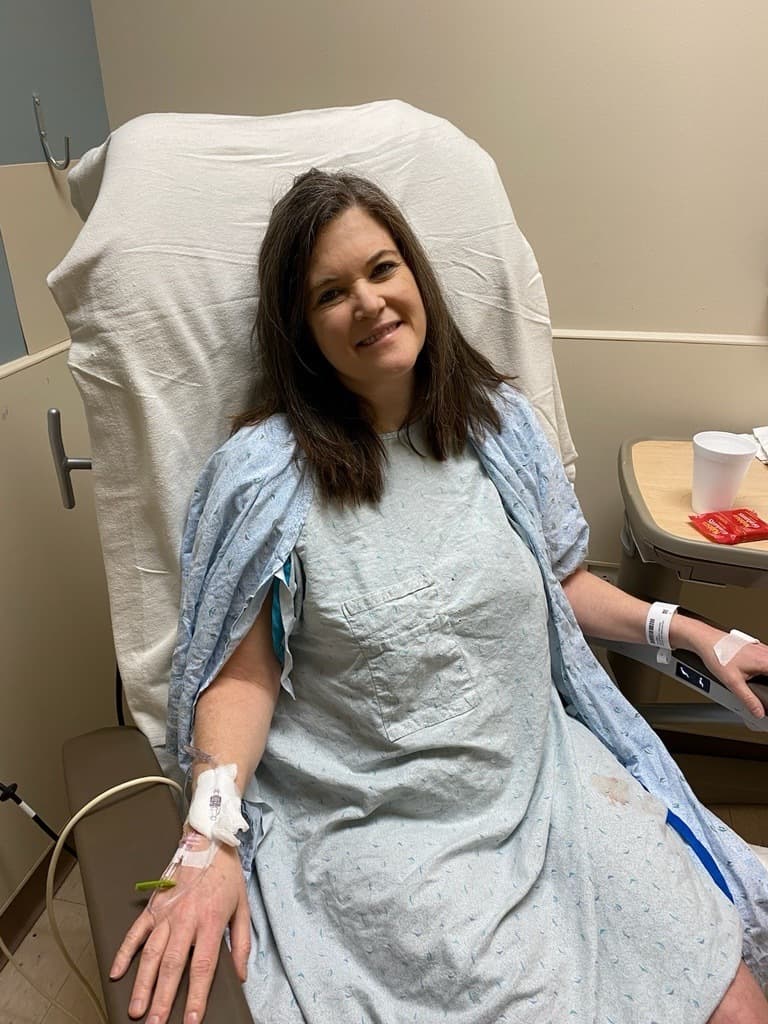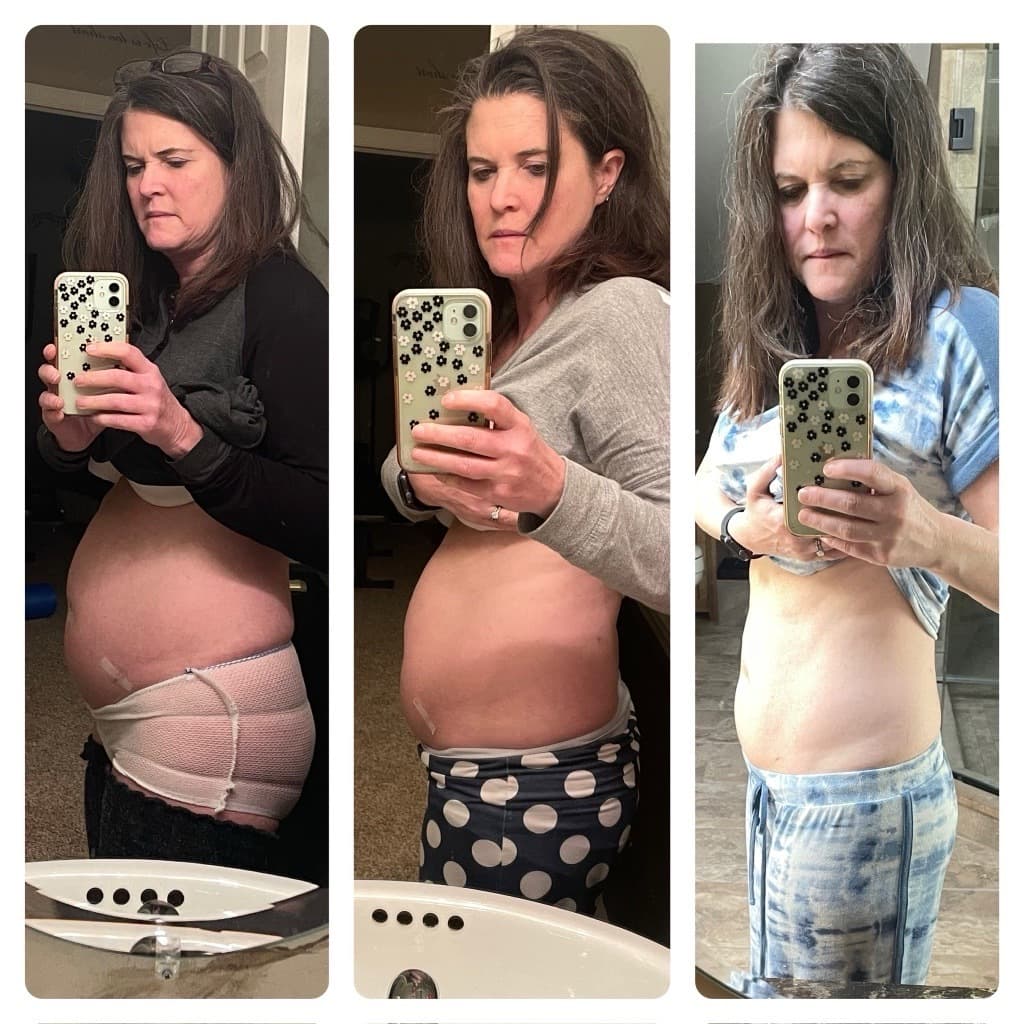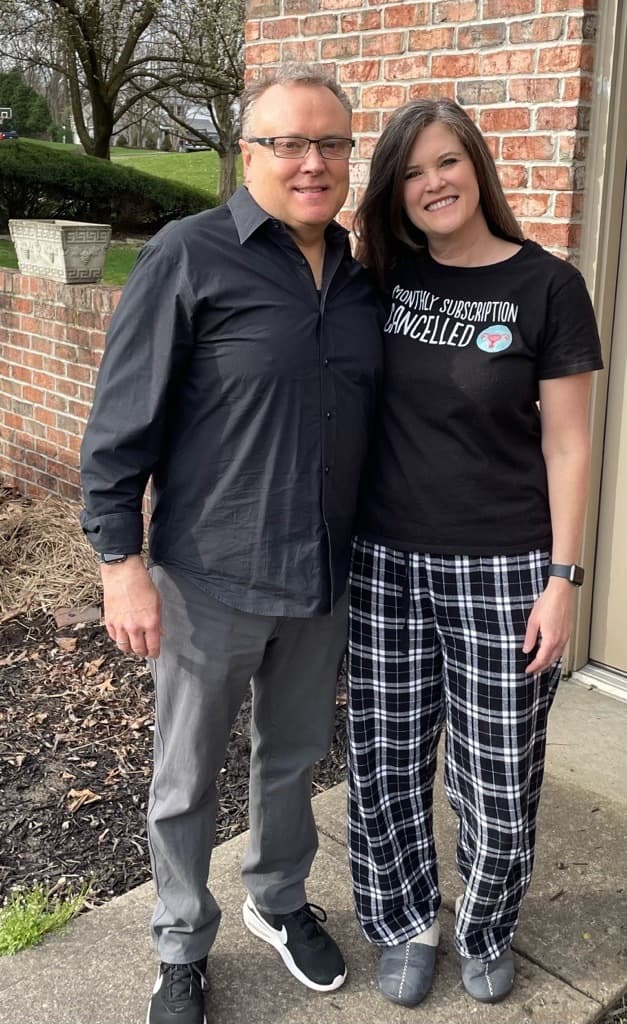Life After an Endometriosis Diagnosis


By the time she reached high school, Allison Vorp had learned to keep Advil on hand at all times. The debilitating pelvic pain she experienced each month felt unbearable, but she didn’t know it was unusual—or that it had a name. For decades, doctors dismissed her pain, and the search for answers stretched on. It wasn’t until her early 40s, after a battle with infertility and years of worsening symptoms, that she finally received the diagnosis that changed everything: endometriosis.
After years of dead-end doctor visits, Allison arrived at the UPMC Magee-Womens Center for Endometriosis and Chronic Pelvic Pain, where she met Dr. Ted Lee, a globally renowned surgeon and endometriosis expert. His thorough evaluation suggested her pain was from endometriosis: what Allison had long suspected. She scheduled surgery for as soon as she could –– which was still months away.

Finally, in April 2022, she underwent surgery that removed her uterus, fallopian tubes, and left ovary, along with extensive areas of endometriosis. When pathology results confirmed that six out of eight specimens tested positive for endometriosis, she finally had validation.
“That moment was overwhelming,” Allison recalls. “I had spent so many years in pain, not knowing why. Finally, I had an answer.”

The impact of surgery was life changing. For the first time in years, Allison felt relief. The pain subsided, her anxiety lifted, and she began to reclaim the sense of well-being that had eluded her for so long. But recovery wasn’t instantaneous. While the physical pain was gone, she had to process the emotional toll of years spent fighting for a diagnosis.
One of the biggest steps in Allison’s recovery has been physical therapy, an essential yet often overlooked component of post-surgical healing for endometriosis patients. After years of chronic pain, her muscles had adapted to a state of tension and guarding, making movement difficult and painful. Through pelvic floor therapy and targeted exercises, she worked to retrain her body, improve mobility, and regain strength.
“Physical therapy was a game-changer for me,” Allison says. “I didn’t realize how much tension my body was holding onto after years of pain. PT helped me not only physically, but also mentally—it gave me confidence in my body again.”
The process wasn’t immediate. It required patience, consistency, and the guidance of specialists who understood the complexities of post-surgical recovery for endometriosis. Over time, she began to notice improvements—not just in pain levels, but in how she carried herself, how she moved, and even in her energy levels.
Now, Allison is focused on spreading awareness about endometriosis and the importance of self-advocacy in health care. She knows firsthand how easy it is for women’s pain to be dismissed and how critical it is to keep pushing for answers.

“My biggest message to other women is this: trust yourself. If something feels wrong, don’t let anyone tell you otherwise. Keep pushing until you find someone who listens.”
By sharing her story, Allison hopes to break the silence surrounding endometriosis and help other women get the care they deserve, sooner.
